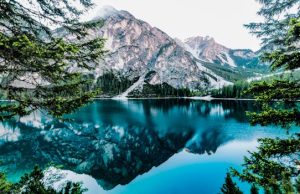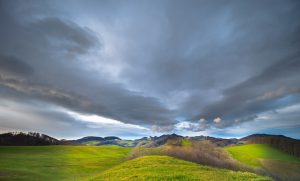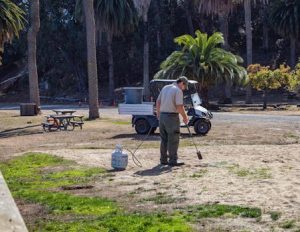Desert Water Finding: Survival Techniques
A desert, with its vast, arid landscape and scorching temperatures, can seem like an unforgiving place. And when it comes to water, it can be deemed as the ultimate survival necessity. The amount of water in a person’s body is essential for maintaining their overall health and well-being, and when stranded in the desert, water becomes a top priority. However, finding water in the desert can prove to be a challenging task. In this article, we’ll discuss some survival techniques for finding water in the desert and staying hydrated in this harsh climate. 
Understanding the Importance of Water in the Desert
As humans, our bodies are made up of approximately 60% water. Our organs, tissues, and cells all need water to function correctly. And when stranded in the desert, water is vital for regulating our body temperature, preventing dehydration and heatstroke, and maintaining our overall energy levels. The average person can survive for up to three days without water in moderate temperatures, but in the desert, dehydration can occur within a few hours without proper precautions. Therefore, understanding the importance of water in the desert is the first step towards survival.
Methods of Finding Water in the Desert
Natural Water Sources
One of the most obvious and reliable methods of finding water in the desert is by locating natural water sources. These can include oases, springs, and water holes. Oases are green areas found in the desert, usually surrounded by trees and vegetation, indicating underground water. Springs are a source of freshwater flowing from the ground, and water holes are depressions filled with water. Keep an eye out for any animal tracks, as they often lead to water sources.
Plants
Believe it or not, some plants in the desert can provide a source of water. Familiarize yourself with desert plants and learn how to identify those that contain water. For example, the prickly pear cactus has a juicy stem that can provide water if cut open. Another example is the Joshua tree, which has a root system that stores water, making it a potential source during times of need.
Early Morning Dew
In the desert, temperatures drop drastically at night, causing moisture to form on the ground and plants. If you have a sheet or a piece of cloth, you can use it to collect the dew by spreading it on the ground and wringing it out into a container. It may not yield a significant amount, but in desperate situations, every drop counts.
ROCKS, DIPS, and HOLES
Water has the ability to seep through rocks and collect in dips or holes. Rocks with shiny, wet surfaces or damp ground can indicate the presence of water. Use any available tools to dig into depressions or cracks in rocks, and you may find a hidden water source.
Precautions
While finding water is crucial in the desert, it’s also essential to take precautions to avoid dehydration and conserve the water you have found. Here are a few tips to keep in mind:
- Drink small amounts of water throughout the day.
- Avoid drinking alcohol and caffeine, as these can increase dehydration.
- Find shade and rest during the hottest part of the day.
- Cover your head and body to reduce water loss through sweating.
- If possible, build a solar still using plastic sheeting to collect water from evaporation.
- Filter and purify water before drinking to avoid ingesting contaminants.
Final Thoughts
Surviving in the desert is no easy feat, especially when it comes to finding water. However, with the right knowledge and techniques, it is possible to locate sources of water and stay hydrated. Remember to stay calm, assess your surroundings, and conserve the water you find. And if all else fails, be prepared with a supply of water or a reliable water filtration system. With these survival techniques in mind, you can increase your chances of making it out of the desert alive and well.









